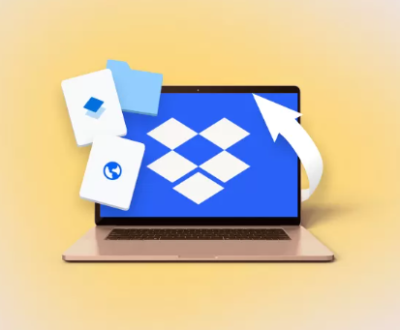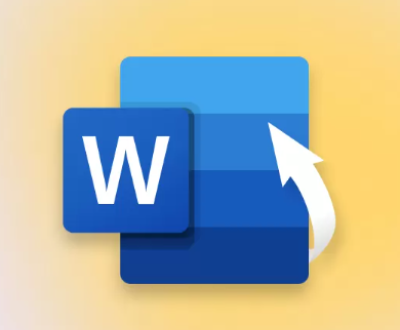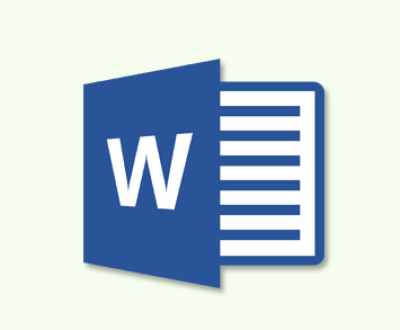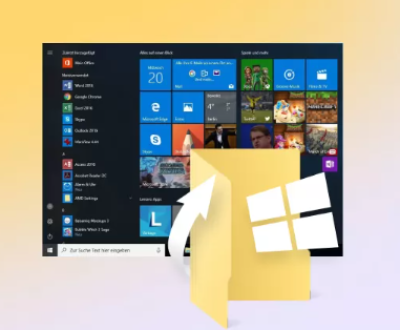Recovering an overwritten Word file can be a challenging task, as the process depends on several factors, such as the tools available, the state of the file system, and the specific actions taken after the file was overwritten. However, it is not impossible, and there are multiple methods you can attempt to restore your overwritten Word document.
1. What Happens When a File Is Overwritten?
Before diving into the recovery methods, it’s essential to understand what happens when a Word document is overwritten. When you save a file in the same location with the same name, the old file gets replaced by the new version. However, the data of the original file doesn’t immediately disappear from your hard drive. It remains there until the storage space is overwritten by new data. This is why, in some cases, it may still be possible to recover a file even after it has been replaced or overwritten.

2. Check for Backups
The first and easiest step you can take when trying to recover an overwritten Word document is to check for any available backups. If you have been using features such as File History, Time Machine (on Mac), or any third-party backup software, there is a chance that the file was backed up automatically.
Windows Backup (File History)
Open the folder where the overwritten Word document was saved.
Right-click the folder and select “Restore previous versions.”
A list of available versions will appear. You can browse through these and restore the version of the document you need.
Mac Time Machine
Open Finder and go to the folder where the file was stored.
Open Time Machine from the menu bar or dock.
Browse through the available snapshots until you find the version you need.
Click “Restore” to recover the file.
If you do not have backup software enabled, this method will not work, and you will need to proceed with other recovery techniques.
3. Using Word’s AutoRecover Feature
Microsoft Word has an AutoRecover feature that automatically saves temporary versions of documents as you work. These temporary files can often be used to recover unsaved or overwritten documents.
Steps for AutoRecover in Word
Open Word and go to the File tab.
Select Info, and then click on Manage Document.
From the drop-down menu, choose Recover Unsaved Documents.
If the overwritten document was open recently, it may appear in this list.
Open the file, and save it immediately in a new location.
This method only works if the AutoRecover feature was enabled in Word and the overwritten document was temporarily saved.
4. Check the Temporary Files Folder
Another place where Microsoft Word might store temporary versions of your document is the Temp folder. These files are not always clearly labeled but might contain some form of the overwritten content.
Steps to Check Temporary Files in Windows
Press Windows + R to open the Run dialog.
Type %temp% and hit Enter to open the Temp folder.
Look for files with names that resemble your Word document or have a .tmp extension. You can sort the files by date to locate the most recent ones.
Open the files to check if they contain any version of your overwritten document.
Steps to Check Temporary Files on Mac
Open Finder and navigate to the Go menu.
Select Go to Folder and enter the path /private/var/folders/.
Search for any temporary files that might be related to your document.
If you find any temporary files, copy them to another location, and attempt to open them with Word.
5. Using File Recovery Software
Panda Assistant is a versatile and user-friendly data recovery software designed to help individuals recover lost or deleted files from various storage devices. Whether you’re dealing with accidental file deletion, a corrupted drive, or a formatted storage device, Panda Assistant provides a comprehensive solution to retrieve lost data quickly and efficiently. It is specifically tailored to offer a hassle-free experience for both novice and experienced users.
One of Panda Assistant’s standout features is its ability to support a wide range of file types, including documents, photos, videos, and emails, making it an ideal tool for personal and professional use. The software is compatible with a variety of devices, such as hard drives, USB drives, SD cards, and even external storage devices, ensuring that no matter what type of media you use, Panda Assistant can help you recover your valuable data.
6. Utilizing Cloud Backup Services
If you use cloud storage services such as OneDrive, Google Drive, or Dropbox, your overwritten file may have been automatically uploaded to the cloud. These services often offer version history, allowing you to restore previous versions of a document.
Steps to Restore a File from Google Drive
Go to your Google Drive account.
Right-click the document and select Manage versions.
Browse through the available versions to find the version before it was overwritten.
Click Download or Restore to recover the file.
Steps to Restore a File from OneDrive
Navigate to the OneDrive website or app.
Right-click the document and select Version history.
Choose the version you want to restore, and click Restore.
These cloud services maintain previous versions of files, which can make it easier to recover an overwritten document.
7. Using Windows System Restore
In some cases, performing a System Restore on Windows might help recover files that were lost or overwritten as part of a system issue. While this method is not guaranteed to recover a specific file, it may restore the state of your computer to a previous date when the file was still intact.
Steps for System Restore
Type System Restore in the Windows search bar and select Create a restore point.
In the System Properties window, click on the System Restore button.
Follow the on-screen instructions to restore your system to a previous point.
After the restore process is complete, check if the overwritten Word file is restored.
Keep in mind that this method can affect other applications and settings, so it should be used with caution.
8. Consulting a Professional Data Recovery Service
If none of the above methods work, and the overwritten document is critical, you may want to consult a professional data recovery service. These services have advanced tools and techniques to recover files that typical software cannot retrieve.
Professional data recovery can be expensive, but it may be your best option if the data is valuable and all other methods have failed.
9. Prevention Tips for the Future
To prevent the loss of important files in the future, consider implementing the following strategies:
Enable AutoSave in Word to automatically save your documents at regular intervals.
Use cloud storage (OneDrive, Google Drive, Dropbox) for real-time file backup.
Enable File History or Time Machine for automatic local backups.
Create regular manual backups of critical documents to external drives.
By following these tips, you can reduce the risk of overwriting or losing important documents in the future.
About us and this blog
Panda Assistant is built on the latest data recovery algorithms, ensuring that no file is too damaged, too lost, or too corrupted to be recovered.
Request a free quote
We believe that data recovery shouldn’t be a daunting task. That’s why we’ve designed Panda Assistant to be as easy to use as it is powerful. With a few clicks, you can initiate a scan, preview recoverable files, and restore your data all within a matter of minutes.
Subscribe to our newsletter!
More from our blog
See all postsRecent Posts
- How to recover accidentally deleted files 2025-07-01
- How do i recover a file i accidentally deleted 2025-07-01
- How to recover an accidentally deleted file 2025-07-01

 Try lt Free
Try lt Free Recovery success rate of up to
Recovery success rate of up to









